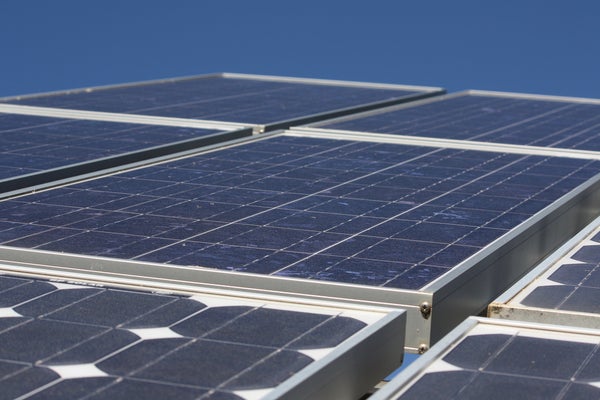This article was published in Scientific American’s former blog network and reflects the views of the author, not necessarily those of Scientific American
If you were paying attention this past election cycle, you might have noticed a significant debate over trade policy. The debate was manifested most prominently in the dispute over the Trans-Pacific Partnership (TPP), a trade deal between the United States and eleven other countries bordering the Pacific Ocean.
Traditionally, global trade deals are opposed by trade unions and left-leaning political parties because of their perceived negative impacts on workers, and supported by corporations and right-leaning political parties because they ease access to low-cost overseas labor and products.
But like a lot of things, trade policy played an unconventional role in the 2016 U.S. presidential election. Both the far-left and far-right opposed TPP for its perceived negative impacts on American workers, and moderates (including the Obama administration and moderate Republicans) supported TPP because of its perceived long-term economic benefits.
On supporting science journalism
If you're enjoying this article, consider supporting our award-winning journalism by subscribing. By purchasing a subscription you are helping to ensure the future of impactful stories about the discoveries and ideas shaping our world today.
With the election of far-right candidate Donald Trump to the presidency, the United States formally withdrew from TPP in January 2017.
Now, the Trump administration has a chance to affect trade policy in a way that could make or break the future of the U.S. solar industry. The Trump administration has until January 26 to decide whether or not it will impose tariffs on imported solar cells and modules — which would effectively increase the price of solar panels for most U.S. installers.
How did this decision land in the administration’s lap? It all started with tension between U.S. firms that manufacture solar panels and firms that buy and install solar panels. Two U.S. solar manufacturing firms facing bankruptcy — Suniva and SolarWorld — filed a petition with the U.S. International Trade Commission (ITC) arguing that cheap imported solar panels unduly harm domestic solar panel manufacturers. After months of deliberation, the ITC voted 4-0 in support of Suniva and SolarWorld’s claim that cheap imports cause injury to domestic manufacturers. But the ITC doesn’t actually determine the level of tariff that will be applied to cells in modules (in dollars per watt of solar generating capacity), it simply makes a recommendation to the President, who has final say over the matter.
With President Trump's final decision over the level of tariffs on imported solar panel components still up in the air, the U.S. solar industry has been awash with a flood of uncertainty. The Solar Energy Industries Association (SEIA) has taken a major stand against the proposed tariffs, estimating they would cost 88,000 jobs and double the price of solar panels in the United States. Early this month, SEIA published “An America First Plan for Solar Energy,” seeking to appeal to President Trump’s values. The first step in the plan is “say no to solar tariffs.”
SEIA isn’t the only one alarmed about the potential impact of the solar trade case. Renewable energy advocates and climate hawks across the board are becoming increasingly worried about the long-term impacts the tariffs might have on U.S. renewable energy growth. The leading clean energy research firm GTM Research estimates that the tariffs could reduce new solar installations by anywhere from 9 percent (under a 10 cents-per-watt tariff) to a whopping 40 percent (under a 40 cents-per-watt tariff). Suniva and SolarWorld have requested tariffs ranging from 25-32 cents per watt, and the highest tariff suggested by the ITC comes out to about 15 cents per watt. But it’s important to remember that President Trump has final say over the level of tariff imposed — regardless of recommendations — so there is still a lot of uncertainty in the air.

GTM Research estimates the proposed tariffs could reduce U.S. solar installations by 9 to 40 percent, depending on the level of the tariff. The Trump administration has sole discretion over the final tariff imposed. Credit: Greentech Media, GTM Research
For me, the solar trade case has brought home just how important trade policy can be. In this case, I paid special attention to the minutiae of trade policy because it affects something I care about deeply: decarbonization and the energy transition. But there have no doubt been other seemingly minor macroeconomic policies that have had enormous ripple effects I didn't appreciate. The details of things like financial regulations and trade policy rarely make the headlines, but it's important to remember they can have major long-term impacts on the economy, the energy system, and the environment.
